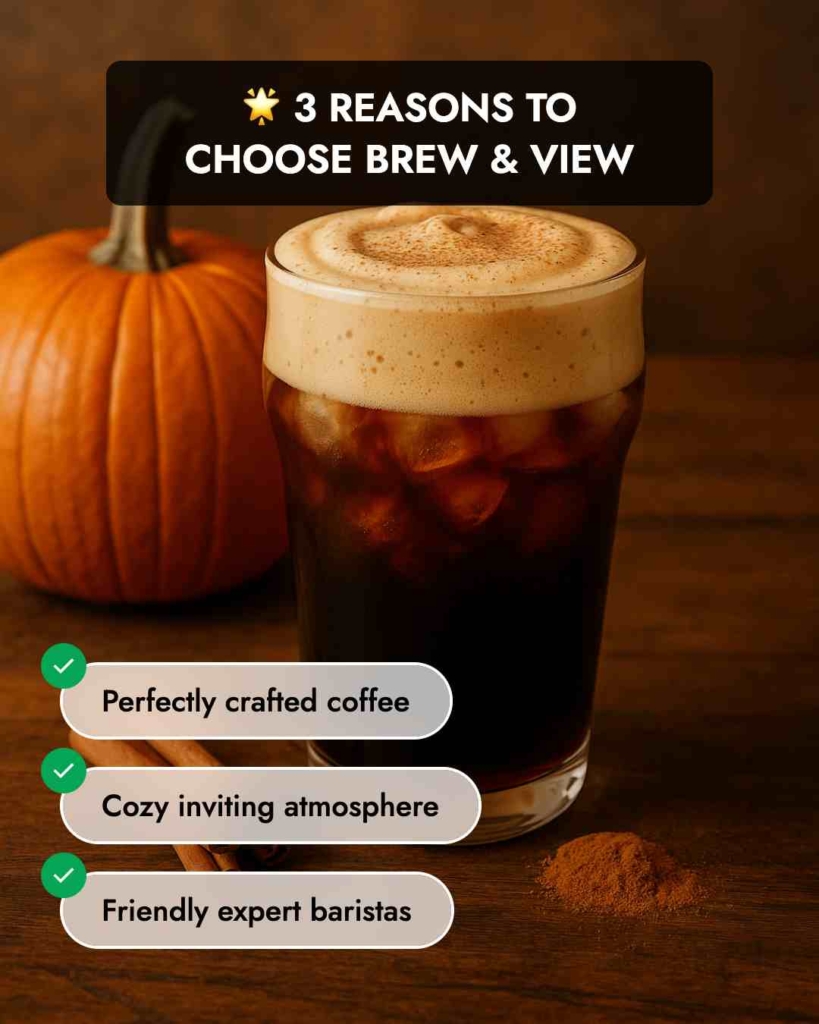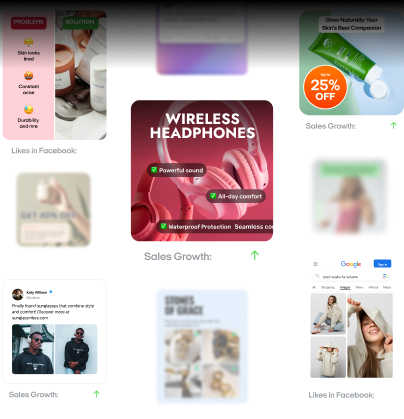How to identify and prevent ad fatigue with 4 effective strategies
Are your ads quietly losing their edge? Zeely AI uncovers the warning signs of ad fatigue — and four expert strategies to keep your campaigns fresh and converting.
What is ad fatigue? Definition and overview
Ad fatigue is when your audience stops noticing your ads because they’ve seen them too often. Once your audience gets bored or annoyed, click-through rates fall, conversions drop, and your ROI weakens.
You’ll recognize ad fatigue when performance metrics slide even though targeting and spend remain steady. Unlike banner blindness, which is the habit of ignoring banner-like content altogether, ad fatigue comes from overexposure, showing the same message to the same people too many times.
Why does this matter to you? Because creative quality drives nearly half of all sales lift, more than targeting or media settings combined. Meta-analyses confirm that strong creative contributes about 47% of campaign impact. If your message feels stale, adjusting bids or frequency caps won’t fix it.
It’s important not to confuse ad fatigue with ad blindness. Ad blindness is when users subconsciously ignore ads altogether, while ad fatigue is a measurable decline in response caused specifically by overexposure.

It is not hard to detect warning signs, as ad fatigue follows a predictable pattern:
- Repetition: the same ad is delivered repeatedly to the same audience
- Oversaturation: the frequency of exposure overwhelms viewers
- Desensitization: audiences stop noticing the message
- Reduced Engagement: fewer clicks, shares, or interactions occur
- Lowered Effectiveness: conversions drop and campaign goals slip further out of reach
You’ll see ad fatigue in your metrics as falling click-through rates, declining conversion rates, or even rising negative feedback. For advertisers, spotting and fixing fatigue early is critical to preserving engagement and protecting return on ad spend. With most viewers already taking steps to avoid ads altogether — 86% according to Kantar via Adweek — refreshing creative and managing frequency caps is more important than ever.
Why ad fatigue matters in digital marketing
Ad fatigue matters because it cuts straight into your campaign results and your brand’s reputation. When audiences grow numb to repeated ads, performance metrics decline, click-through rates fall, conversions slow, and ROI shrinks. The budget you invest works harder for less return, leaving resources wasted instead of optimized.
The impact isn’t only numerical. Oversaturation can damage how people view your brand. Instead of relevance, your ads may feel like noise, sparking annoyance or even distrust. That shift in perception lingers longer than a single campaign.
Recognizing why ad fatigue matters is essential if you want to extend campaign life cycles, protect brand equity, and keep every advertising dollar driving measurable impact.
Causes of ad fatigue
Ad fatigue is primarily caused by oversaturation, high ad frequency, and lack of creative variety.
Oversaturation and repetitive exposure
Oversaturation occurs when repetitive exposure overwhelms audiences. This happens when the same ads are shown too frequently, leading to audience boredom and reduced engagement.
Consider a scenario where an ad is displayed to the same audience multiple times a day. Initially, the audience may engage with the ad, but as the frequency increases, they start to ignore it. This repetitive exposure desensitizes the audience, making them less responsive to the ad’s message.
Another example is when a campaign uses the same creative elements across different platforms. While consistency is important, overusing the same visuals and messages can lead to ad blindness, where the audience stops noticing the ads altogether.
In both cases, the key issue is oversaturation. When audiences are bombarded with the same ads repeatedly, they reach an exposure threshold where they become indifferent or even annoyed. This leads to decreased click-through rates, lower conversion rates, and ultimately, wasted impressions.
It’s important to note that not all repetition is bad. Some level of frequency is necessary for brand recall. However, crossing the line into oversaturation can have detrimental effects on campaign performance.
High ad frequency and retargeting issues
High ad frequency and retargeting issues directly contribute to ad fatigue by overwhelming users.
Frequency is a controllable factor, and recognizing its role in fatigue can help you avoid common retargeting traps.
High ad frequency means your audience sees your ads too often. This can lead to irritation and negative feedback, which erodes your campaign’s effectiveness.
Retargeting can accelerate this problem. When you retarget users who have already seen your ads, you increase the frequency even more. This can make your audience feel like they’re being bombarded with the same message.
For example, if you’re running a campaign on Google Ads and Facebook, retargeting users across both platforms can quickly increase ad frequency. This can lead to ad fatigue if you’re not careful.
To avoid this, you need to monitor your ad frequency and set frequency caps. Frequency caps limit the number of times a user sees your ad. This helps prevent frequency overload and keeps your audience engaged.
Lack of creative variety
Lack of creative variety causes ad fatigue by fostering boredom, unlike varied ads that sustain interest.
Creative staleness leads to ad fatigue, while ad rotation can prevent it.
Ads with stale creatives quickly lose audience engagement, increasing costs as they fail to capture attention over time. Conversely, regularly updated creatives maintain interest but require more resources to produce.
Creative staleness causes ad fatigue by making ads predictable and uninteresting. In contrast, ad variation keeps the audience engaged by offering fresh content.
Ads with monotonous designs suffer from creative exhaustion, whereas those with diverse creatives benefit from sustained performance.
Signs and symptoms of ad fatigue
Ad fatigue manifests through several key signs and symptoms that signal declining campaign effectiveness. Recognizing these indicators early allows marketers to take corrective action before their ads lose impact entirely.
Here are the most common signs and symptoms of ad fatigue:
Declining click-through rate
A declining CTR is one of the earliest and most measurable signs of ad fatigue.
When your CTR drops, it means your audience is less interested in clicking your ads. And that’s a problem because clicks are the first step to conversions.
Here’s a simple framework to interpret your CTR drop:
- Compare your current CTR to your historical benchmark
- If your CTR is significantly lower, it’s a sign of ad fatigue
- Because your audience is seeing your ads too often and ignoring them
So, a declining CTR is a primary metric-based symptom of ad fatigue. And it’s one of the easiest to track in real-time.
For example, in Google Ads, a CTR falling below 1% often points to creative staleness. And in Facebook Ads, a CTR drop of 20% or more within a week is a red flag.
By monitoring your CTR, you can catch ad fatigue early and take action before your entire campaign performance suffers.
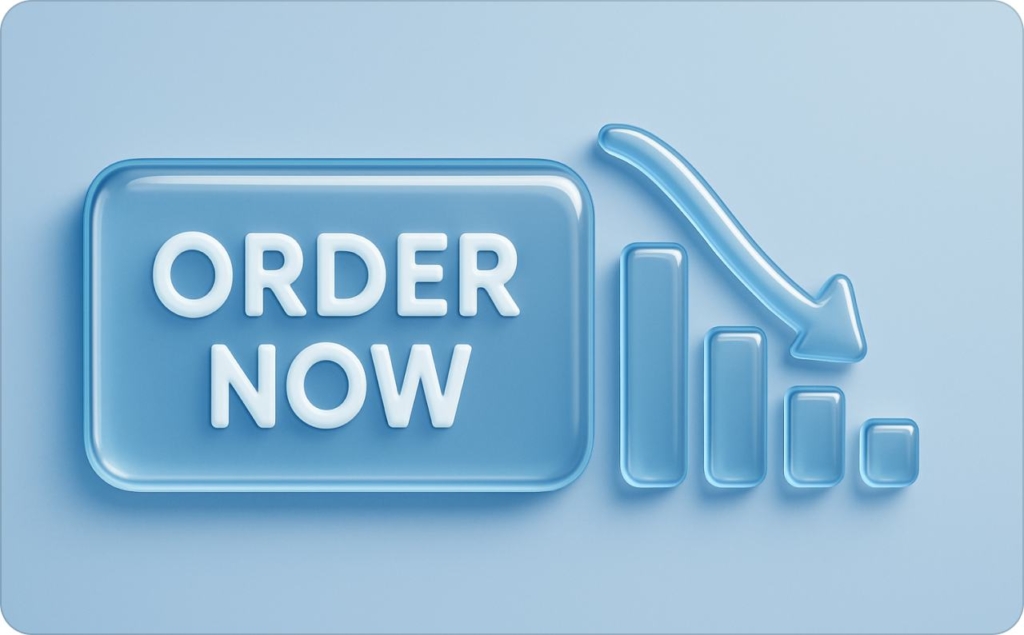
Drop in engagement and conversions
A noticeable drop in engagement and conversions is a critical symptom of ad fatigue, signaling deeper audience disinterest.
As users encounter the same ads repeatedly, their initial curiosity wanes, leading to fewer likes, shares, and comments. This engagement decline often precedes a drop in conversions, as a disengaged audience is less likely to take desired actions like making a purchase or signing up for a newsletter.
For example, in e-commerce campaigns, conversion rates may halve due to creative fatigue, where the audience no longer finds the ad compelling enough to act. This conversion rate decrease not only affects immediate sales but also erodes the overall return on investment of the campaign.
Moreover, a sustained drop in engagement and conversions can lead to a stagnant sales funnel, where potential customers drop off at various stages due to lack of interest. This stagnation increases customer acquisition costs as more resources are needed to attract new leads.
In summary, a drop in engagement and conversions is a clear indicator of ad fatigue, reflecting a deeper issue of audience desensitization. Recognizing this symptom early allows marketers to adjust their strategies, refresh creatives, and implement frequency caps to maintain audience interest and campaign effectiveness.
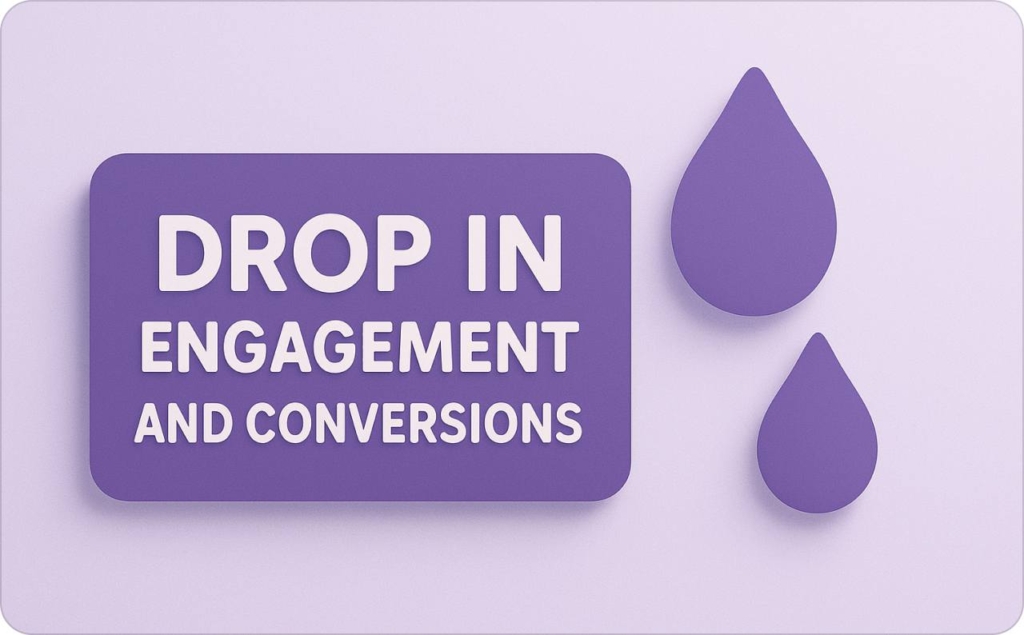
Increased audience complaints or negative feedback
Increased audience complaints or negative feedback often emerge as overt symptoms of ad fatigue. These qualitative indicators provide a humanized perspective on the issue, complementing quantitative metrics. For example, on Facebook, users may report ads as ‘irrelevant’ or ‘too frequent’ after seeing them repeatedly. Similarly, on Twitter, negative comments about a brand’s ads can spike when the same content is overexposed. These scenarios highlight how overexposure leads to audience irritation, signaling that the campaign’s effectiveness is waning.
Advertisers face significant challenges when dealing with increased complaints. Negative feedback can damage brand reputation, making it harder to maintain a positive public image. High volumes of complaints also indicate that the audience is becoming desensitized or annoyed, which can lead to decreased engagement and conversion rates. This erosion of trust complicates efforts to retain customers and attract new ones, ultimately impacting the campaign’s overall performance.
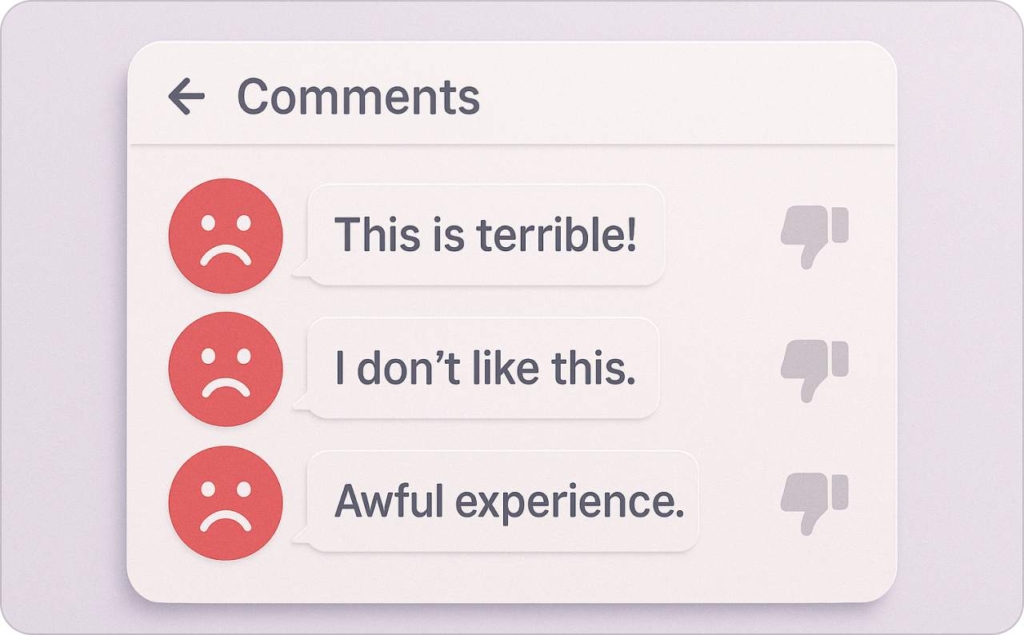
How to identify ad fatigue in your campaigns
Ad fatigue is a common challenge in digital marketing, where your audience becomes less responsive to your ads over time. This section provides a tactical framework to help you identify ad fatigue early, allowing you to take corrective actions before your campaign performance declines significantly.
Ad fatigue can manifest in various ways, and recognizing the signs is crucial for maintaining the effectiveness of your advertising efforts. Here are some key indicators and methods to detect ad fatigue:
Monitoring key performance metrics
Key performance indicators (KPIs) act as early warning systems in ad campaigns. They provide data-driven insights that quantify fatigue’s impact on performance and guide timely interventions.
Ignoring these metrics can lead to inefficient budget allocation and missed opportunities to refresh ad content.
Let’s explore the specific KPIs that signal ad fatigue and how to monitor them effectively.
Measuring click-through rate
CTR measures the percentage of users who click on your ad after seeing it. A declining CTR often indicates that your audience is becoming less interested in your ad content.
However, not every drop in CTR signifies fatigue. Seasonal trends, competitive actions, or changes in audience behavior can also affect CTR. Therefore, it’s essential to analyze CTR in the context of other metrics and external factors.
To spot ad fatigue early, establish a baseline CTR for your campaign and monitor it regularly. A consistent downward trend, especially when accompanied by stable or increasing ad impressions, may signal fatigue.
For example, a CTR drop below 1% in a campaign that typically performs at 2% or higher could be a red flag. Use tools like Semrush’s Advertising Research to benchmark your CTR against industry standards.
Tracking conversion rate
Conversion Rate tracks the percentage of users who complete a desired action (purchase, sign-up, download) after clicking your ad. A declining Conversion Rate, despite stable or increasing CTR, suggests that while your ad still attracts clicks, it’s no longer compelling enough to drive action.
In Google Ads, monitor Conversion Rate alongside CTR to get a fuller picture of ad effectiveness. A simultaneous decline in both metrics strongly indicates ad fatigue.
For instance, if your Conversion Rate drops from 5% to 3% over a few weeks without any changes in your landing page or offer, it’s time to consider refreshing your ad creative or targeting.
Measuring frequency
Frequency measures how often the same user sees your ad. High frequency can lead to ad fatigue as users become overly familiar with your ad, leading to decreased engagement.
Set a frequency cap to limit the number of times your ad is shown to the same user. Monitor engagement metrics like CTR and Conversion Rate alongside frequency. If these metrics decline as frequency increases, it’s a strong indicator of ad fatigue.
For example, if your ad’s frequency reaches 5 (each user sees the ad five times) and your CTR drops significantly, consider rotating your ad creative to maintain audience interest.
Tracking cost per click
CPC is the amount you pay for each click on your ad. An increasing CPC can indicate that your ad is becoming less effective at attracting clicks, possibly due to ad fatigue.
Monitor CPC trends in relation to CTR and Conversion Rate. If CPC rises while CTR and Conversion Rate fall, it’s a sign that your ad is losing its appeal and effectiveness.
For example, if your CPC increases by 20% over a month while your CTR and Conversion Rate decrease, it’s time to reassess your ad strategy.
Rating quality score
Quality Score is Google’s rating of the quality and relevance of your ads, keywords, and landing pages. A declining Quality Score can indicate that your ad is becoming less relevant to your audience, a common symptom of ad fatigue.
Monitor your Quality Score regularly. If you notice a decline without changes in your keywords or landing pages, it may be due to ad fatigue. Refreshing your ad copy or creative can help improve your Quality Score.
For instance, if your Quality Score drops from 8 to 6 over a few weeks without any changes on your end, consider updating your ad creative to better align with your audience’s current interests.
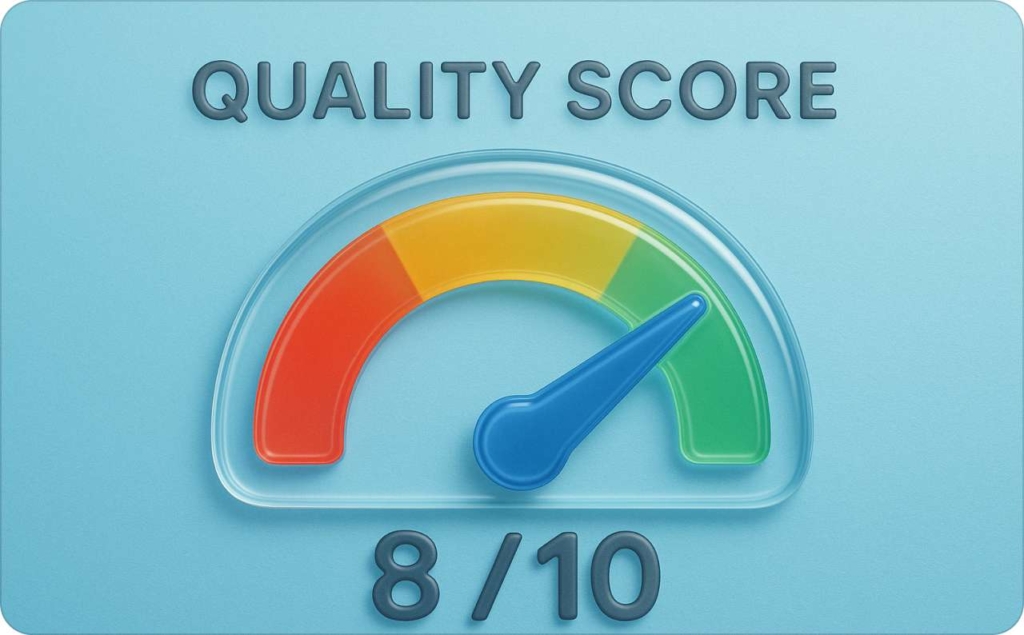
Counting impression share
Impression Share is the percentage of total impressions your ad receives compared to the total available impressions. A declining Impression Share can indicate that your ad is becoming less competitive, possibly due to ad fatigue.
Monitor Impression Share alongside other metrics like CTR and CPC. If Impression Share declines while CTR and CPC indicate decreased engagement and increased costs, it’s a sign that your ad is losing its competitive edge.
For example, if your Impression Share drops from 80% to 60% over a month while your CTR decreases and CPC increases, it’s time to consider updating your ad strategy.
By closely monitoring these key performance metrics, you can detect ad fatigue early and take proactive steps to refresh your ad content, adjust your targeting, or optimize your bidding strategy. This data-driven approach ensures that your ad campaigns remain effective and engaging for your audience.
Strategies to prevent and combat ad fatigue
Proactive strategies prevent ad fatigue by addressing core causes like repetition and boredom.
Ad fatigue is often seen as a reactive problem, which is something to fix after performance drops. But it’s really a preventable outcome of poor planning. By proactively managing frequency, creative variety, and personalization, you can keep your audience engaged and your campaigns performing well.
Here are proven strategies to prevent and combat ad fatigue:
Implement frequency capping
Frequency capping is a crucial strategy to prevent ad fatigue. It involves setting limits on how many times a user sees your ad within a specific timeframe. This approach helps maintain audience engagement by avoiding repetitive bombardment.
To implement frequency capping, start by determining the optimal number of ad impressions per user. This number varies based on your industry, audience, and campaign goals. Once set, configure your ad platform to enforce this limit.
For example, in Google Ads, navigate to your campaign settings and select the frequency cap option. Here, you can specify the maximum impressions per user per day, week, or month. Similarly, on Facebook, set caps to protect audience engagement.
Frequency capping prevents oversaturation by limiting exposures. It reduces irritation and ad blindness, ensuring your ads remain effective. Additionally, it saves media spend by avoiding unnecessary overexposure.
Implementing frequency capping is a proactive step to maintain your campaign’s effectiveness. By controlling ad exposure, you keep your audience receptive and your message impactful.
Refresh and rotate ad creatives
Refreshing ad creatives combats fatigue by introducing novelty. Rotate visuals, copy, and formats to sustain interest. Schedule regular rotations and test variations to find what resonates. Use Google Ads tools to monitor performance metrics post-rotation. This approach addresses stale creatives leading to audience boredom and declining CTR.
Zeely AI transforms how you make marketing. With Zeely AI, you can instantly generate high-quality, tailor-made creative assets — designed to match your brand and campaign goals. Static ad generator uses smart algorithms to combine aesthetics and data, reducing hours of design work to minutes. Whether you’re launching a new ad or testing ad variations, Zeely AI helps you scale your visual content without needing a full design team.
Optimize audience segmentation
Optimizing audience segmentation prevents ad fatigue by delivering relevant content to specific groups. Segment your Audience to combat Ad Fatigue in Campaigns. Combine with Frequency Cap in Google Ads for better Performance Metrics.
Targeted digital advertising divides your audience into segments based on demographics, interests, and behaviors. Tailor ads to each segment to reduce overexposure and increase engagement. Use tools like Google Analytics and Facebook Audience Insights to gather data. Monitor performance metrics to adjust segments and improve results.
Leverage dynamic content and personalization
Leveraging dynamic content combats ad fatigue through relevance. Static ads can quickly irritate and disengage audiences, while lack of personalization leads to ad blindness and eroded trust. Use Dynamic Ads to personalize for your Audience and avoid Ad Fatigue. Track Metrics on Google Ads to improve Brand Perception.
Explore using dynamic ads and personalization techniques to adapt content in real-time, with examples from platforms and implementation tips.
Tools and resources for managing ad fatigue
Tools for managing ad fatigue provide essential automation to identify and prevent oversaturation in your campaigns.
They help you track key metrics, such as frequency and click-through rate (CTR), and alert you when performance starts to decline.
By using these tools, you can avoid wasting spend on ads that are no longer effective and keep your audience engaged with fresh creative.
In this section, we’ll cover the best tools and resources for managing ad fatigue, including how to use them and what to look for when choosing one.
Best tools for ad fatigue monitoring
Here are some of the best tools for detecting and managing ad fatigue in your campaigns:
Google Ads
Google Ads is a powerful platform for managing ad fatigue in your search and display campaigns. It offers several features that can help you monitor and optimize your ads:
- Frequency Cap: This setting allows you to limit the number of times your ad is shown to the same user within a specific time frame. By capping the frequency, you can prevent ad fatigue and maintain audience interest
- Performance Metrics: Google Ads provides detailed metrics such as CTR, conversion rate, and cost per click (CPC). Monitoring these metrics can help you identify signs of ad fatigue and take corrective action
- Automated Rules: You can set up automated rules to pause or adjust your ads based on specific conditions, such as a drop in CTR or an increase in CPC. This automation helps you respond quickly to ad fatigue without constant manual monitoring
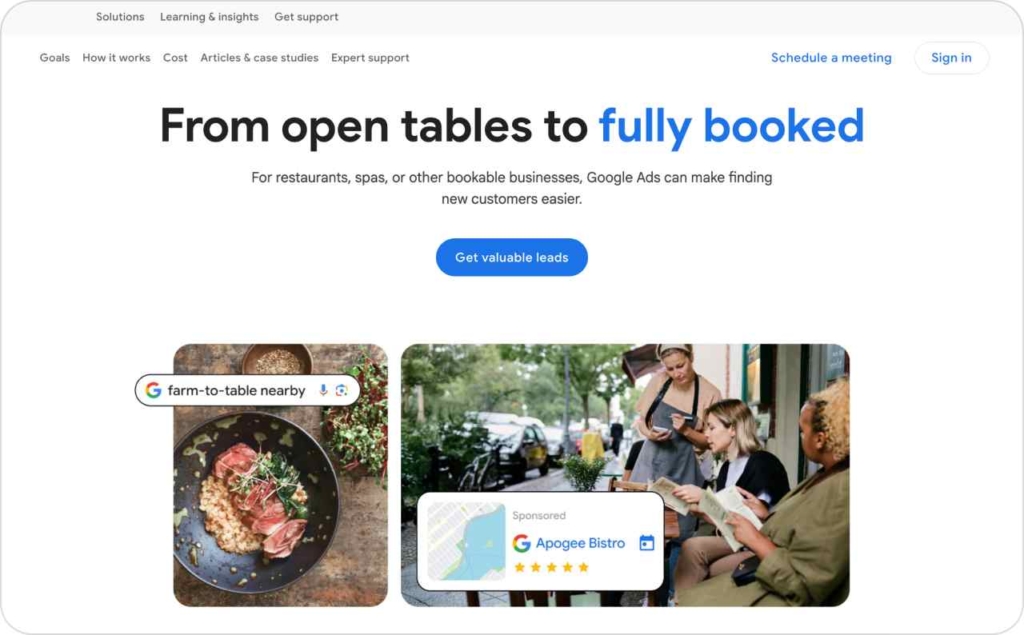
Photo source: Google Ads
Facebook Ads Manager is another excellent tool for managing ad fatigue, especially for social media campaigns. It offers features like:
- Frequency Metric: This metric shows you how many times, on average, each person has seen your ad. A high frequency can indicate potential ad fatigue
- Ad Relevance Diagnostics: These diagnostics provide insights into how your audience perceives your ad, including quality ranking, engagement rate ranking, and conversion rate ranking. Poor rankings can be a sign of ad fatigue
- Audience Insights: This feature helps you understand your audience better and make informed decisions about ad targeting and creative refreshes to combat ad fatigue
Ad fatigue monitoring tools
In addition to platform-specific tools, there are also third-party tools designed specifically for monitoring ad fatigue. Some popular options include:
- AdEspresso: This tool offers detailed analytics and A/B testing features to help you identify when your ads are becoming less effective and need to be refreshed
- AdStage: AdStage provides cross-platform reporting and automation features that allow you to monitor ad performance and set up alerts for signs of ad fatigue
- Revealbot: Revealbot offers automation and reporting tools that help you track key metrics and automate actions to prevent ad fatigue
Conclusion and next steps
Ad fatigue is inevitable if campaigns rely on repetition without control, but it’s also highly preventable. By recognizing the three core causes — oversaturation, high frequency, and lack of creative variety — you can take proactive action before performance declines.
Monitor key metrics like CTR, conversions, and frequency to spot fatigue early, then apply fixes such as frequency capping, creative rotation, and smarter segmentation. Use tools like Google Ads or Facebook Ads Manager to automate monitoring and keep engagement high.
The next step is simple: refresh your ads before your audience tunes out, ensuring every impression protects ROI and brand equity.
Also recommended




